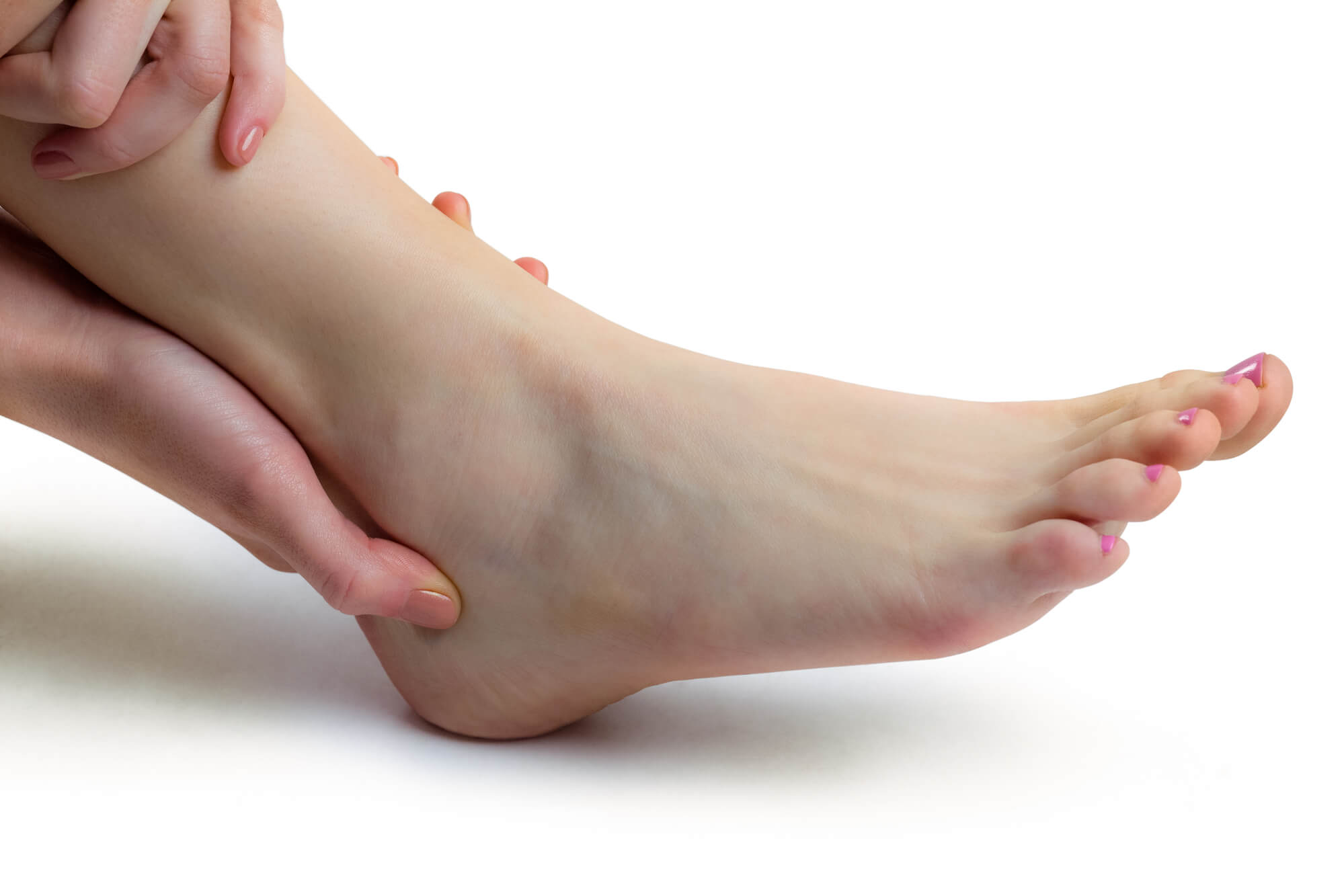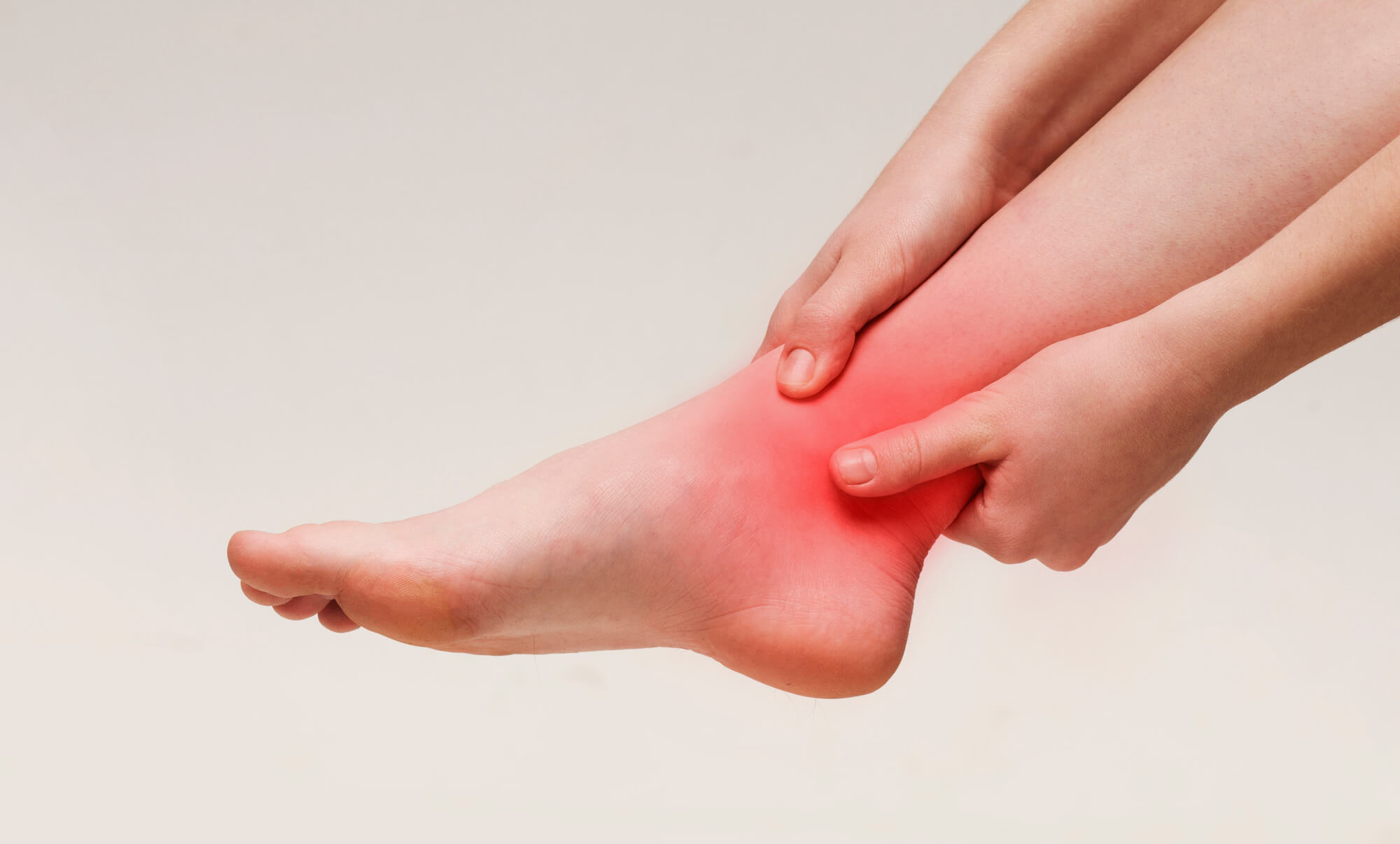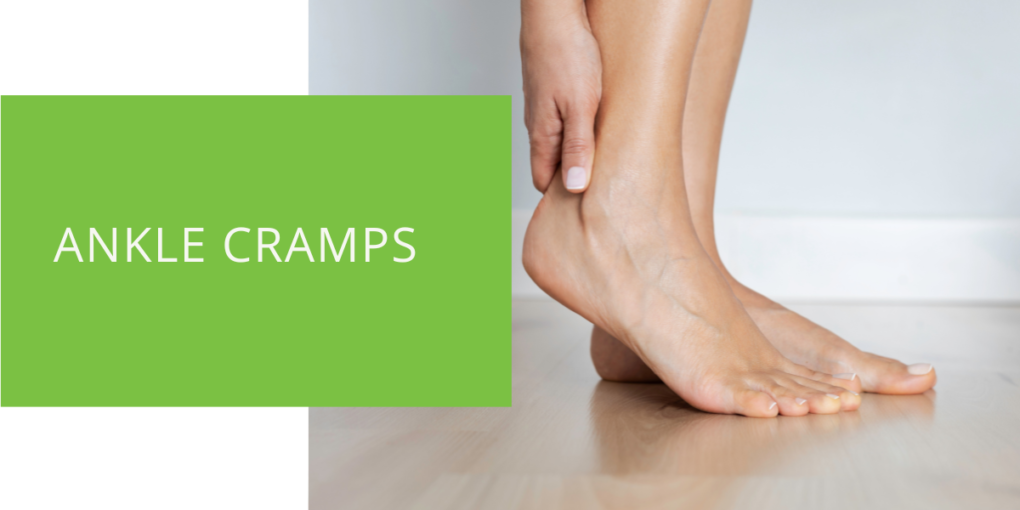Ankle Cramps: Causes, Symptoms & Treatment
Ankle cramps are a common problem affecting individuals of all ages and activity levels. A cramp is an involuntary muscle contraction that can occur suddenly, causing pain and discomfort. In this article, we will discuss the causes, symptoms, and treatment of ankle cramps, as well as preventive measures that can be taken to avoid this condition.
What are Ankle Cramps?
Ankle cramps, also known as muscle cramps or spasms, are sudden, involuntary contractions of a muscle that can cause pain and discomfort. The calf muscle is the most common muscle to experience cramps, but ankle cramps can also occur in the foot and leg muscles. Ankle cramps can occur during exercise, rest, or sleep.
Types of Ankle Cramps
Ankle cramps can be classified into two types:
- True cramps: True cramps are the most common type of ankle cramp and occur due to a muscle's sudden and involuntary contraction. These cramps usually last for a few seconds to a few minutes.
- Peripheral artery disease (PAD) cramps: PAD cramps occur due to the narrowing or blockage of the arteries that supply blood to the legs and feet. These cramps occur during exercise and are relieved by rest.
Causes of Ankle Cramps
Ankle cramps can be caused by a variety of factors, including:
- Dehydration: Dehydration is one of the most common causes of ankle cramps. When the body is dehydrated, it can lead to electrolyte imbalances, which can cause muscle cramps.
- Electrolyte imbalances: Electrolytes such as potassium, magnesium, and calcium are essential for muscle function. A deficiency in any of these minerals can cause muscle cramps.
- Overuse or excessive exercise: Overuse or excessive exercise can cause muscle fatigue, leading to cramps.
- Poor nutrition: Poor nutrition, especially a lack of minerals, can cause muscle cramps.
- Poor blood circulation: Poor blood circulation to the legs and feet can cause muscle cramps, especially in individuals with peripheral artery disease.
- Aging: As individuals age, they may be more prone to muscle cramps due to decreased muscle mass and nerve function.
- Diabetes: Diabetes can cause nerve damage, leading to muscle cramps.

Symptoms of Ankle Cramps
The symptoms of ankle cramps include:
- Sudden and involuntary muscle contraction
- Pain and discomfort in the affected muscle
- Tightness and spasms
- Swelling and inflammation
Contributing Factors to Ankle Cramps
Several factors can contribute to the development of ankle cramps, including:
- Overuse or excessive exercise
- Dehydration
- Electrolyte imbalances
- Poor nutrition
- Poor blood circulation
- Aging
Diagnosing Ankle Cramps
Diagnosing ankle cramps typically involves a physical examination and medical history. Your podiatrist may also perform diagnostic tests to evaluate blood flow and nerve function in the affected leg. Differential diagnosis may also be needed to differentiate ankle cramps from other types of pain, such as nerve compression or peripheral artery disease.

Treating Ankle Cramps
Treating ankle cramps aims to relieve pain and discomfort and prevent further episodes. Treatment options include:
- Warming up before exercise: A proper warm-up can help to prepare the muscles for exercise, reducing the risk of cramps.
- Stretching and massage: Stretching and massage can help to relieve muscle tension and promote blood flow to the affected muscle.
- Hydration and proper nutrition: Drinking plenty of fluids and eating a balanced diet can help to prevent dehydration and electrolyte imbalances that can cause muscle cramps. Eating foods rich in potassium, magnesium, and calcium can also help to prevent cramps.
- Supplements: Supplements such as potassium, magnesium, and calcium can be taken to prevent or alleviate muscle cramps. However, it's important to consult with a healthcare professional before taking any supplements.
- Medications for pain relief: Over-the-counter pain medications such as ibuprofen or acetaminophen can alleviate pain and discomfort associated with ankle cramps.
- Physical therapy and rehabilitation: Physical therapy can help to strengthen the muscles and improve flexibility, reducing the risk of cramps.
- Surgical intervention: In severe cases of peripheral artery disease, surgical intervention may be necessary to improve blood flow to the legs and feet.
Prevention of Ankle Cramps
Preventing ankle cramps involves reducing the risk of developing dehydration, electrolyte imbalances, and other contributing factors. These steps include:
- Hydration and electrolyte replacement: Drinking plenty of fluids and eating foods rich in potassium, magnesium, and calcium can help to prevent cramps.
- Proper nutrition: Eating a balanced diet with adequate vitamins and minerals can help to prevent muscle cramps.
- Stretching and exercise: Stretching and exercise can help to improve muscle function and reduce the risk of cramps.
- Wearing proper footwear: Wearing shoes that provide adequate support and cushioning can help to reduce the risk of cramps.
- Maintaining healthy blood circulation: Maintaining a healthy weight, avoiding smoking, and regular exercise can help to improve blood circulation to the legs and feet.
Conclusion
Ankle cramps can be painful and uncomfortable, but with proper diagnosis and treatment, most cases can be successfully managed. If you are experiencing symptoms of ankle cramps or are concerned about your risk of developing this condition, it's important to speak with a healthcare professional. With the right treatment and preventive measures, you can reduce your risk of ankle cramps and improve your quality of life.

